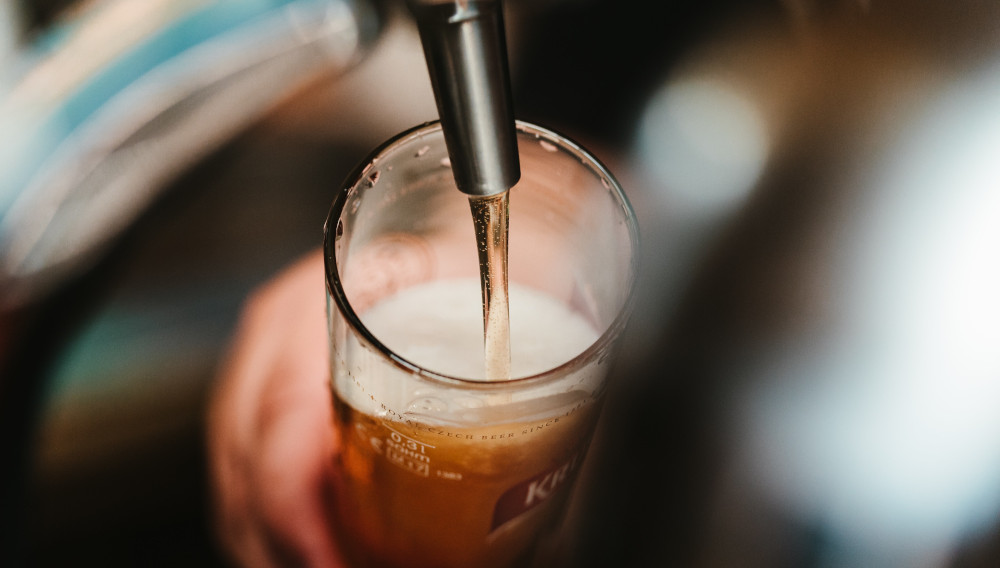The future of beer: trendspotting or crystal ball gazing?
United Kingdom | For some reason or other, the global pandemic has turned previously sound and sober commentators into doomsters. Could they have fallen victim to weltschmerz or world weariness, induced by the extended lockdown?
From Schumpeter’s column in the Economist (“Closing time”, 23 May 2020) to Stephen Beaumont’s article “What will the beer category look like in 2021” on the website just-drinks.com (28 May), covid-19 has produced its own genre of forecasting, which, for lack of a better term, I would call “extravagant gloominess”.
Of course, telling the future of beer has always contained an element of charlatanry. Although a necessary tool in brewers’ business planning, forecasts come with their own limitations since it is humanly impossible to include all the factors or contingencies that will impact future beer consumption.
What I don’t get is this: why has the coronavirus made outlooks so grave and pessimistic that the past must appear like a Golden Age in comparison?
Glorifying the past
In actual fact, the past two decades in the brewing industry were anything but rosy. Emerging markets, despite their hype, have always proven volatile. Prone to swings in commodity prices, currency devaluations and economic crises, they have never been a simple case of upward movement. And what about mature beer markets? Just think of Europe. Haven’t the UK, Belgium and Germany seen beer consumption decline for nearly three decades?
This is to say that romancing the past is grossly erroneous and in the current situation almost fatal, because it makes the future appear like a full-scale disruption from the present rather than more of the same that we already know.
Long-term trends
What we can expect to see is that craft beer will survive. There could be a shakeout in several markets, but it won’t be as bad as foretold two months ago when commentators worried that 5,000 US craft breweries could go out of business because of the shutdowns.
The on-premise will survive too. Most likely consumption of draught beer will have to shift to hitherto unknown venues while Zoom parties and other online bar formats are here to stay. Yet, even younger folks, who have taken to electronic means of communication like fish to water, will have to venture out to pubs and bars again. Because if they are keen to mate, dating apps will only get them so far.
And finally, “yuf-bashing” won’t help overall beer consumption. It has become almost a standard conversation piece among older industry members to bemoan that Millennials and their successors from Generation Z drink less beer than previous generations. Well, for as long as anyone can remember post-war Baby Boomers drank more beer than Generation X (born 1965-1980). So why should Millennials and Generation Z be any different?
No doubt, the pandemic will shake up the brewing industry in unexpected ways, while reinforcing some trends that have been with us for some time.
There is one caveat, however. To believe that beer consumption will return to “normal” levels, aka 2019 levels by 2024 (according to a forecast by IWSR), could be a fallacy. The global brewing industry hasn’t known a “normal” for decades. Nevertheless, despite all the odds, it has managed to persevere and even thrive in some places.
In my view, all those angsty apocalyptic forecasts only indicate a lack of forward direction. They should best be ignored.


